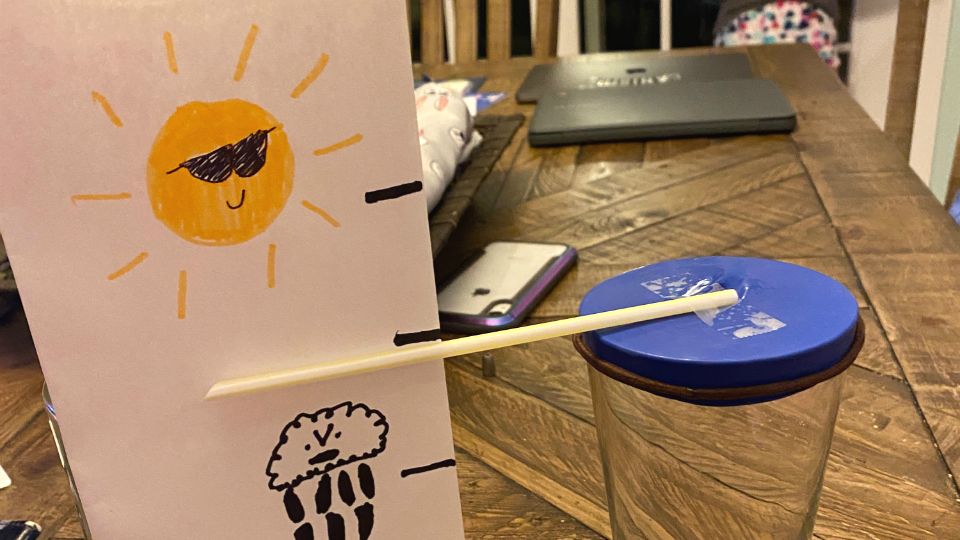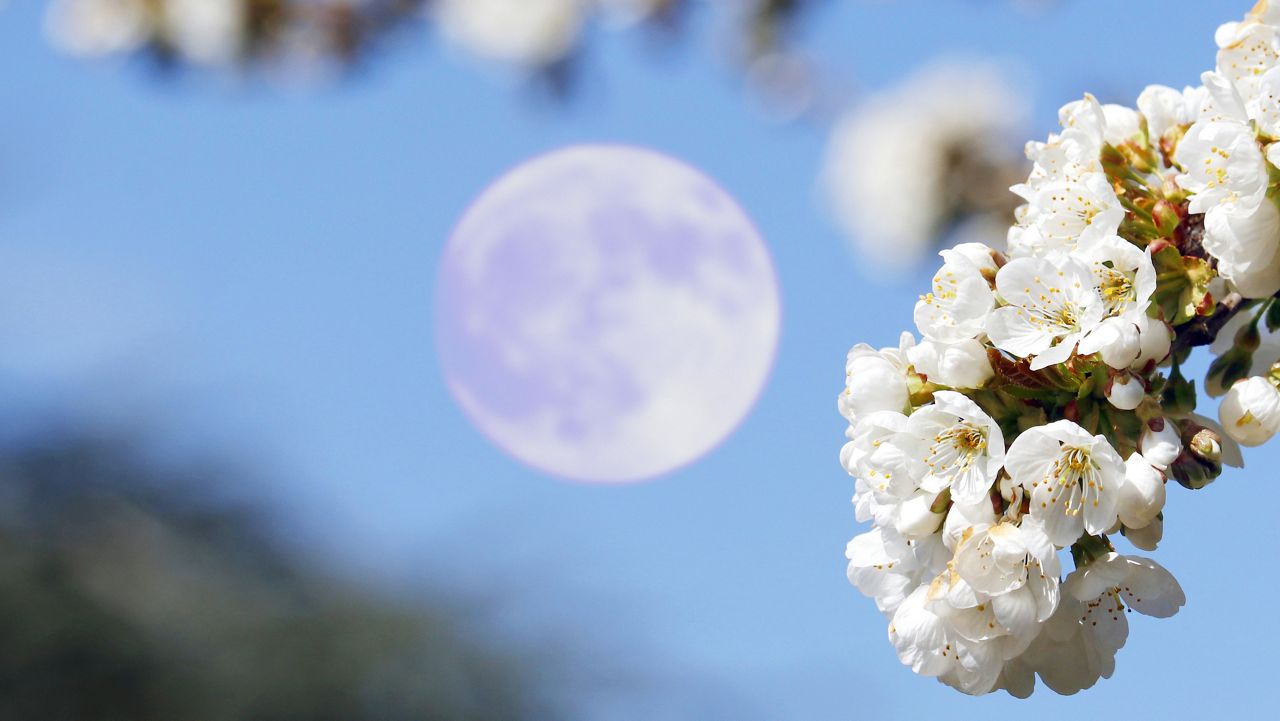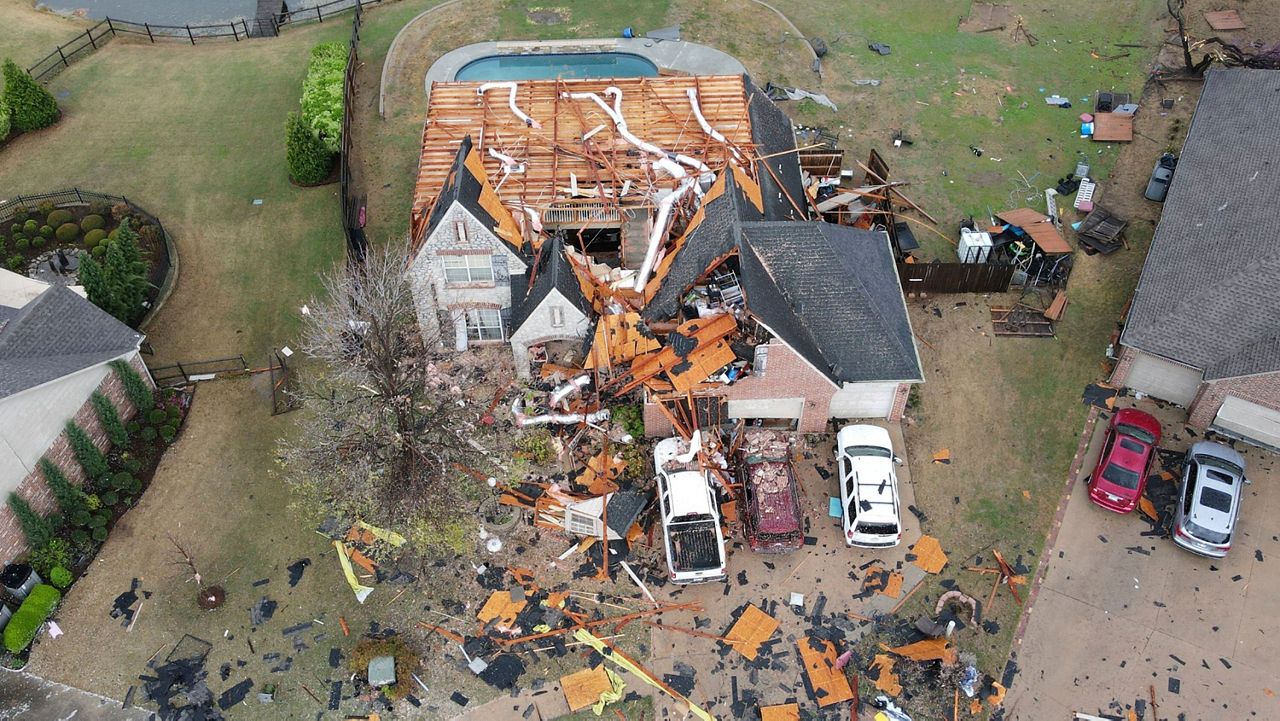*Note - Lessons should always have adult supervision.
We all bring gum on airplanes, but why? During takeoff or landing your ears pop. The same thing happens when you go over a tall mountain in a car or when you go underwater in the pool for a swim. The feeling in your ears is caused by changes in air pressure.
Meteorologists study changes in air pressure as they relate to incoming weather systems. Essentially, air has weight and presses down on the earth. On average at sea level, this weight equates to 14.7 pounds per square inch. When you go up high, like when you fly or go through the mountains, the pressure is less because the air is thinner.
In weather, an incoming area of low pressure usually means to expect clouds, wind, and storms (rain or snow!) An area of high pressure means clear skies and dry weather are on the way. In order to track these large-scale pressure changes, meteorologists use a tool called a barometer.
A barometer measures atmospheric pressure. A traditional barometer uses a tall closed tube standing upside down in a bath of mercury – a dense liquid metal at room temperature – so the liquid rises partly up the tube when the ‘vacuum seal’ is created.
In this experiment we are not going to use mercury to create a barometer. Instead, you will need:
- A glass jar
- A balloon
- A pair of scissors
- A rubber band
- A drinking straw
- Pen
- Paper
- Tape
Start by taking the balloon you have and cutting off the neck (the part that you blow into). Next, take the balloon you just cut and stretch it around the top of the glass jar. Around the outside of the jar and balloon, put a rubber band around to create a seal.

Following that step, cut a drinking straw at an angle.
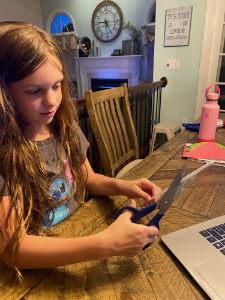
The angled part of the straw will act as a pointer and should be facing out. The other side of the straw needs to be taped down in the middle of the balloon.
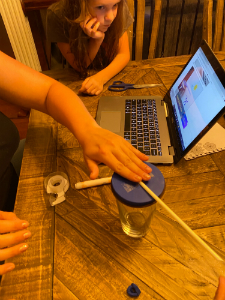
Lastly, decorate a piece of paper. On top, you’ll want your children to draw a sun. Underneath, you can draw rain or storms. When low pressure moves in, the straw will bend down. The opposite happens when high pressure is overhead.
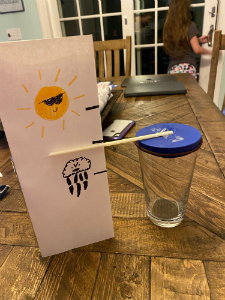
Overall have fun with this experiment! It’s an easy one to incorporate in your day-to-day life when the kids run outside in the morning. Have them keep a log of what the pressure stick says vs. what is happening outside.





